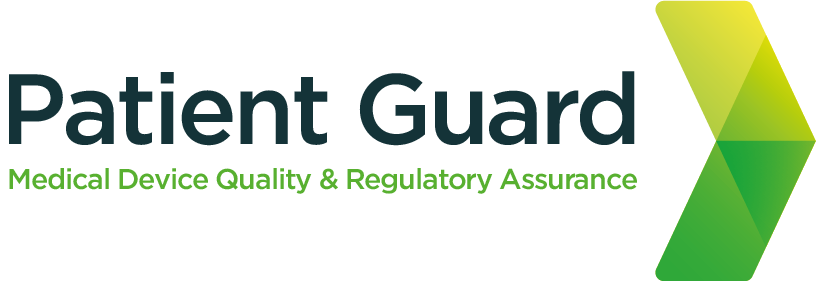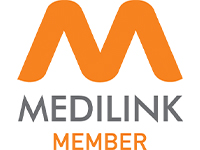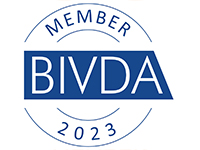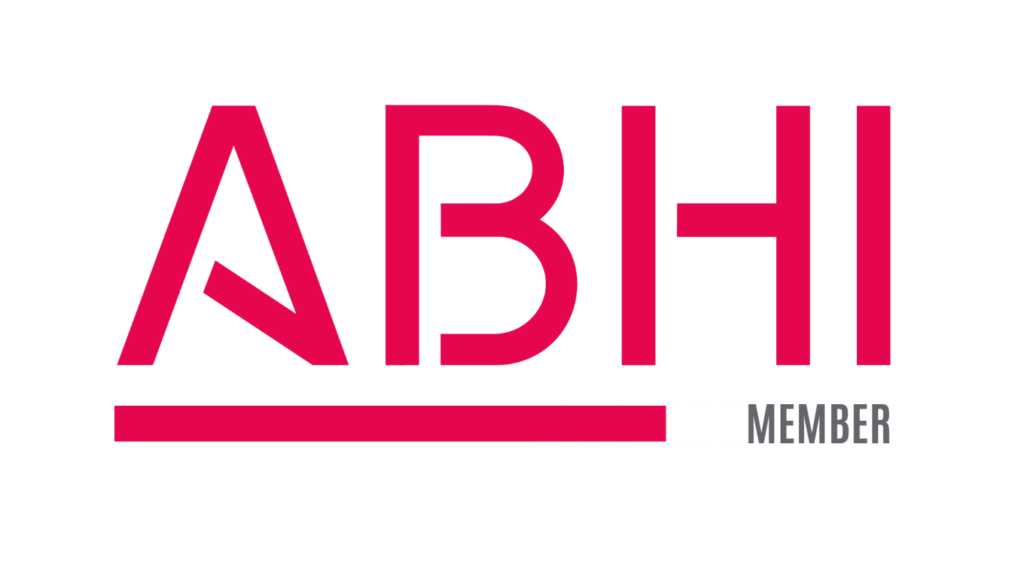FDA Medical Device Regulatory Consultancy
Welcome to Patient Guard’s FDA Medical Device Regulatory Consultancy – Your Trusted Partner for Navigating FDA Requirements!
Are you a medical device manufacturer striving to meet the stringent FDA regulations? Patient Guard offers unparalleled expertise in FDA compliance, ensuring your products meet the highest standards of safety and efficacy. With our tailored consultancy services, rest assured your journey to FDA approval will be smooth and successful.
Our Services:
FDA Regulatory Compliance Assessment: Our team of seasoned experts will conduct a thorough assessment of your medical devices, identifying areas that need attention to meet FDA requirements.
2. Customized Compliance Strategies: We develop personalized compliance strategies tailored to your unique products, guiding you through the complex FDA regulations step by step.
3. Comprehensive Documentation Support: From preparing regulatory submissions to drafting comprehensive technical documentation, we assist you in creating error-free, submission-ready documents.
4. Quality Management Systems (QMS) Implementation: We help you establish robust Quality Management Systems aligned with FDA guidelines, ensuring consistency and adherence to regulatory standards.
5. FDA Audit Preparation: Our experts provide intensive training and mock audits, preparing your team thoroughly for FDA inspections, significantly increasing your chances of a successful outcome.
6. Post-Market Surveillance: Stay ahead of the curve with our post-market surveillance services, ensuring continuous compliance and swift response to any regulatory changes or concerns.
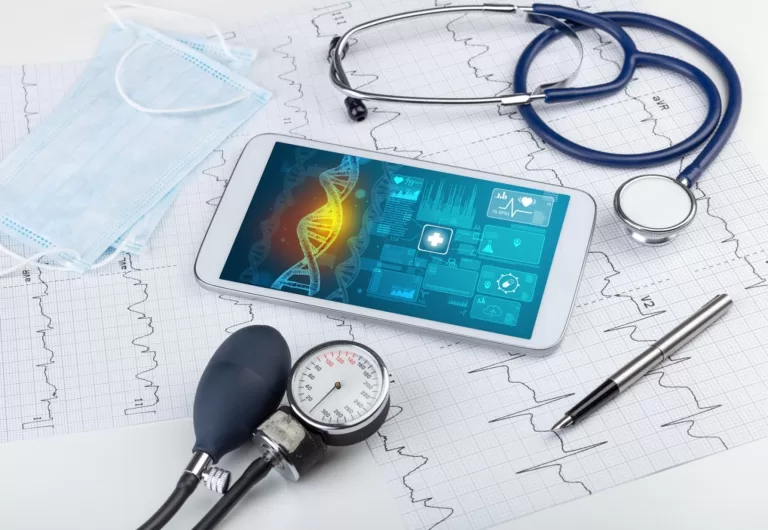
Why choose Patient Guard?
Expertise You Can Trust: With years of experience in medical device consultancy, our team comprises industry experts and regulatory professionals who understand the nuances of FDA requirements.
Tailored Solutions: We don’t believe in one-size-fits-all solutions. Our consultancy services are customized to meet your specific needs and product requirements.
Unparalleled Support: Patient Guard offers full support, ensuring your queries are addressed promptly, providing you with peace of mind throughout the regulatory process.
Proven Track Record: Our success stories and satisfied clients stand testament to our commitment to excellence in FDA compliance consultancy.
Contact us
Ready to take the first step toward FDA compliance success? Contact Patient Guard Medical Device Consultancy today! Our team is eager to assist you in navigating the intricate landscape of FDA requirements, ensuring your medical devices meet the highest regulatory standards.
Disclaimer: Patient Guard is not affiliated with or endorsed by the FDA. Our consultancy services are designed to assist medical device manufacturers in understanding and meeting FDA requirements.
